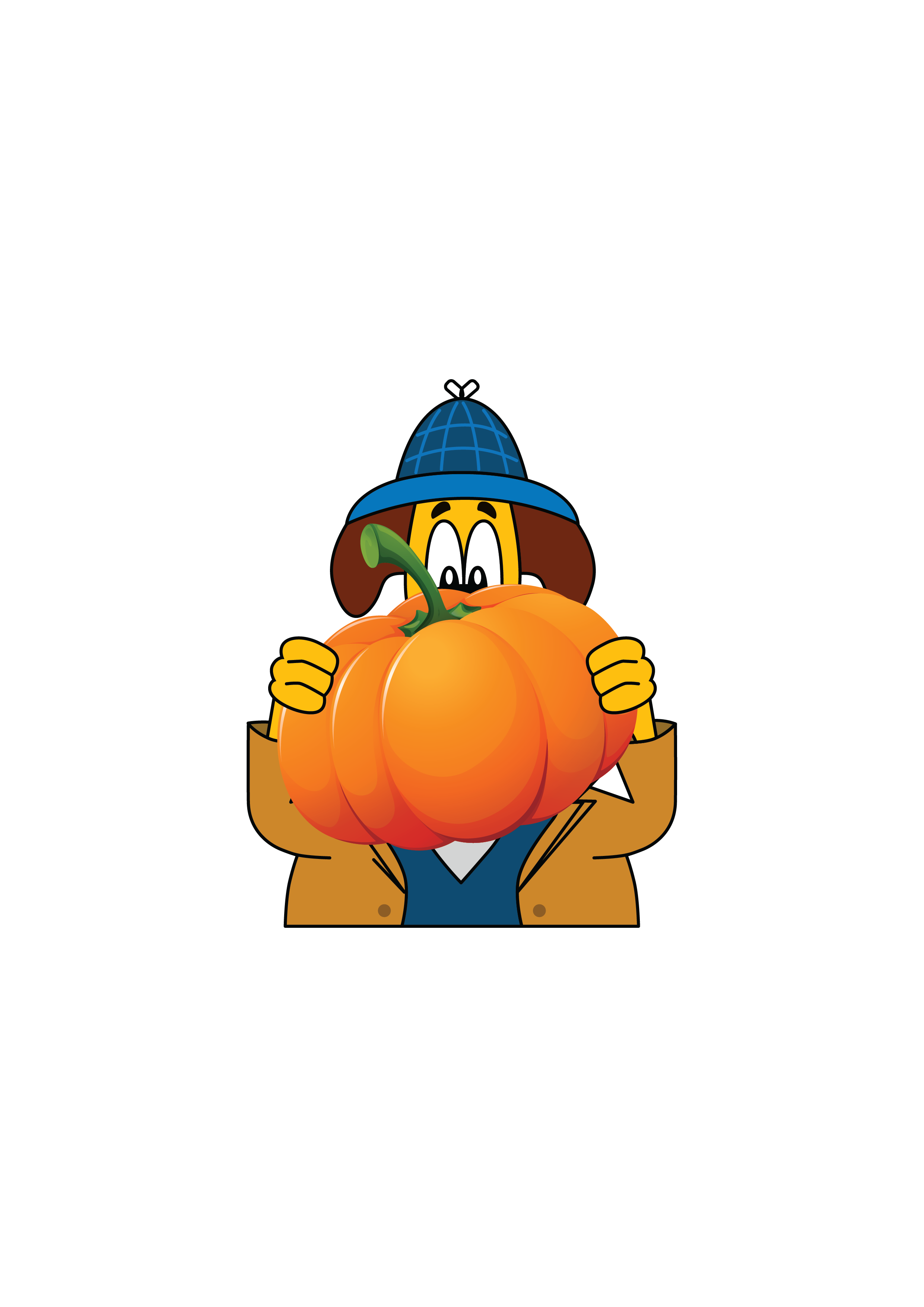
Kids of all ages feel a rush of excitement when pumpkins begin to appear in stores and markets. They signal the change of seasons and the promise of all of the fun activities that go with Halloween and Thanksgiving. Although many teachers may use pumpkins as part of a Halloween or Harvest party, we feel that they are a great vehicle for hands on learning in all subjects and throughout the season.

We have found ways to integrate pumpkins into almost all of our subjects throughout the fall. Since they come in all sizes, shapes, and even colors, you can usually find pumpkins that are perfect for the topic you are teaching. And, as a bonus, the students are always excited when they see a row of pumpkins ready for a lesson, which ensures engaged students.
Pumpkin Math

Because pumpkins come in all sizes, they perfect for the students to review several math topics.
With your younger students, start by reading the book, How Many Seeds in a Pumpkin? by Margaret McNamera.
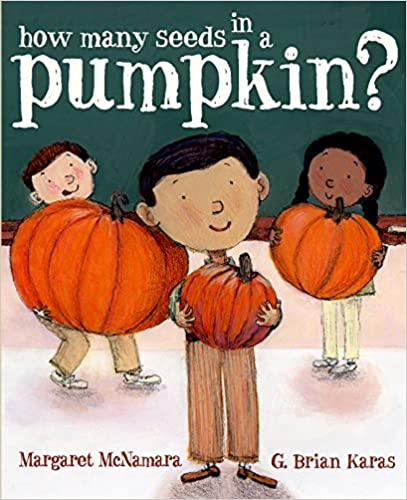
In this book, your students will join Mr. Tiffin and his students as they explore skip counting estimation using pumpkins. Then, using a variety of sizes of pumpkins, let your students do their own investigation.
Older can use pumpkins to explore:
- Estimation and measurement.
- Estimate the weight, height and circumference of the pumpkin and then perform the actual measurement.
- Older students can use the pumpkin to calculate the volume each pumpkin.
- Graphing
- After completing the above activities, take the opportunity to have the students graph the class results.
- If other classes are also working with pumpkins, students can practice taking a survey and graphing grade level results.
- Once again, older students can take class or grade data and calculate the measures of central tendency – mean, median and mode. Challenge them to draw conclusions about the weight of the pumpkin and number of seeds.
Pumpkin Science
Pumpkins provide a wonderful opportunity to discuss the life cycles of plants.
Take a few of the seeds and roll them into a wet paper towel. In 5-10 days, the seeds will germinate and the students can then dissect the seeds.
Two of our favorite books about the life cycles of pumpkins are:
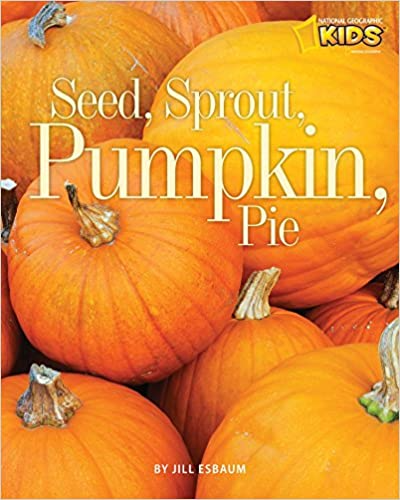
Seed, Sprout, Pumpkin, Pie by Jill Esbaum, is a beautifully photographed book that follows the life of a pumpkin from a seed, to growing in a pumpkin patch and finally to being used as a decoration and for pie.
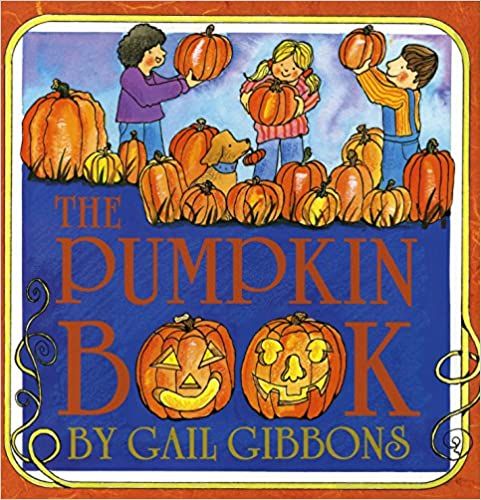
The Pumpkin Book by award winning author Gail Gibbons describes the role that pumpkins played in early America and recounts some of the history behind carving pumpkins into Jack o’ lanterns.
Pumpkin Engineering
Using the candy versions of pumpkins allow our students to think creatively and solve problems on a smaller scale.
One activity that is always a favorite is to engineer a house using candy pumpkins. Their round shape makes this particularly challenging.
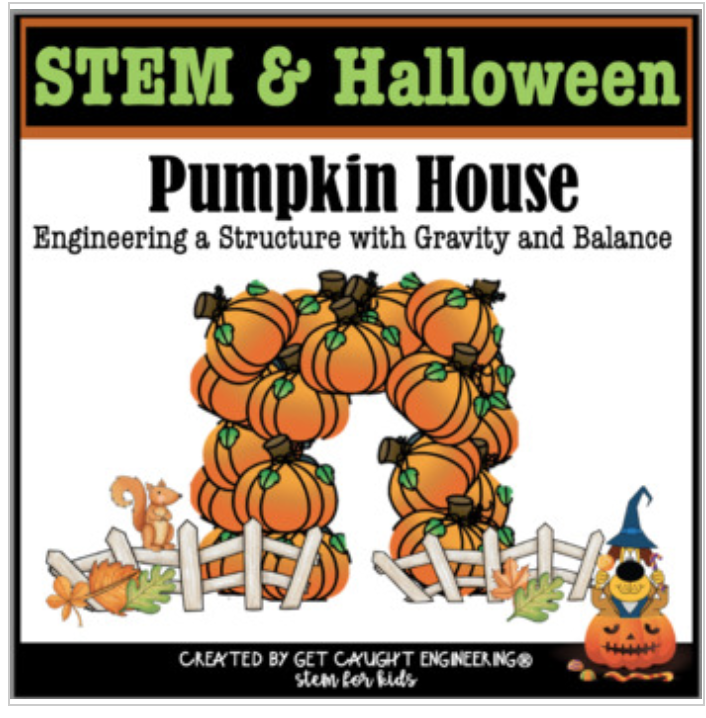
We also ask our students to engineer a catapult that launches pumpkin candies at a target during our Halloween or Harvest Party. In their enthusiasm and excitement, our students don’t even realize how much they are learning about measurement, trajectories and force and motion.
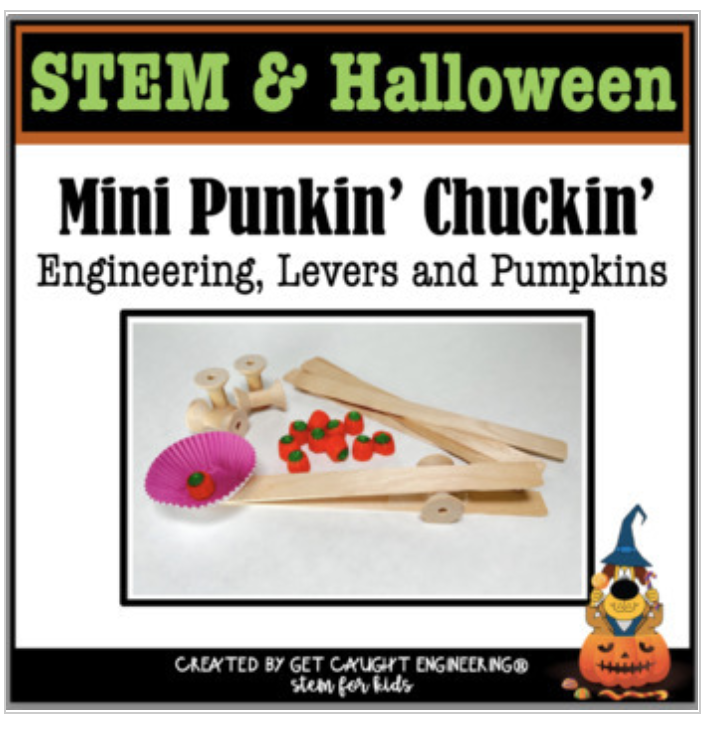
Pumpkin Reading and Writing
Don’t forget to add pumpkins to your language arts lessons. This is a great opportunity for your students to practice their research skills. Since this is a high interest topic this time of year, your students will dig right into all things pumpkin. Give them a series of questions that they need to answer and let them find the answers. If time allows, they can take their answers and write a short paper on what they have learned.
There are no ends of writing prompts about pumpkins – from the silly to the more serious.
The Pumpkin Extravaganza is a wonderful activity packet to use with your students. You can immerse your students in pumpkins for an entire day or you can spread the activities throughout the week.
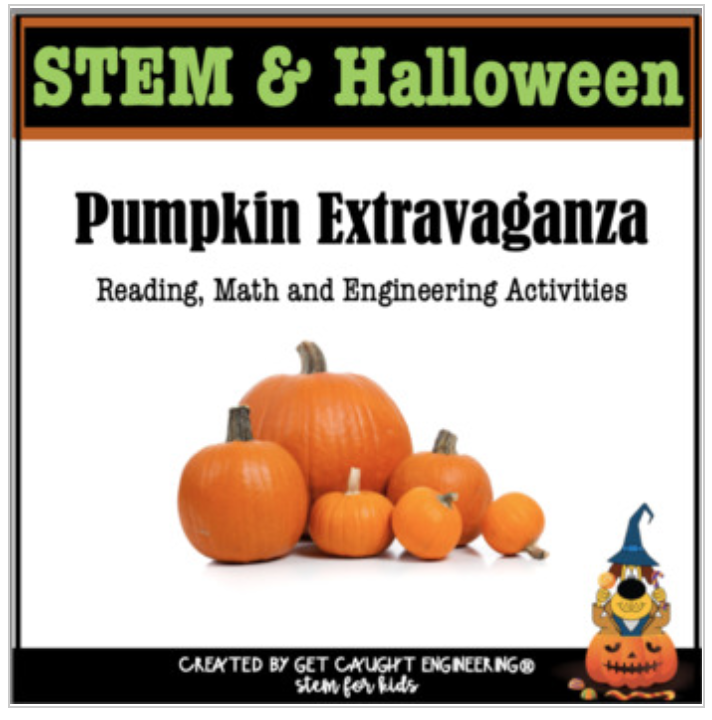
The packet contains activities that integrate pumpkins into math, language arts, engineering and science curriculum.
- Information Text and Research: read, answer questions and write a summary about pumpkins.
- Maker Space Task Cards: create unique solutions to pumpkin projects
- Simple Machines: apply physical science skills and solve an engineering challenge.
- Elementary Math Problem Solving: analyze data collection and algebraic reasoning.

Pumpkins are the perfect hook throughout October and November. Let us know what pumpkin activities that you use during this fun season. We’d love to see pictures of your students using pumpkins as part of their learning. Please send them to getcaughtengineering@gmail.com.

And if you are looking for some Halloween activities or party ideas, we have a great packet to help you with that too. Eight centers, a creative snack menu and a candy house project - all the plans for a wonderful class party!
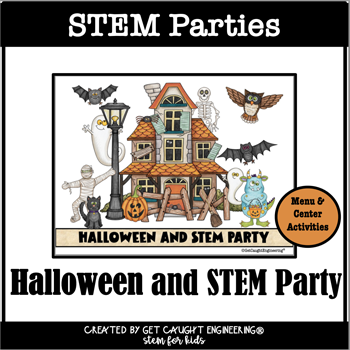
We hope you “Get Caught Engineering®” this autumn!
Wendy and Cheryl
Disclaimer: As an Amazon Associate we earn from qualifying purchases.
This helps to support our website.



